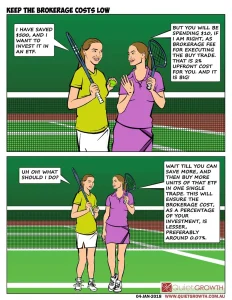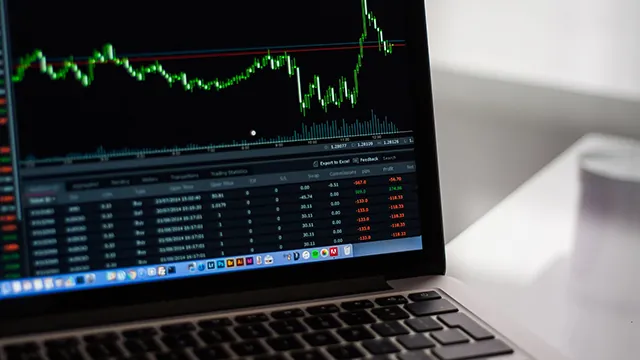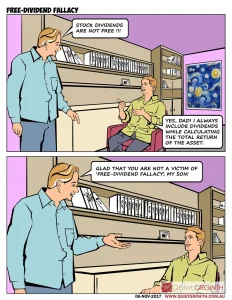The rise in global equity prices in recent years has led to continued concerns over valuation levels. One indicator that appears to cause endless nervousness is the so-called “Shiller” PE ratio, which considers US stock prices relative to the rolling 10-year average level of earnings. As this note demonstrates, however, the Shiller PE ratio has proven to be a poor short-run market timing tool. And while it has proven to be a reasonable guide for likely longer-run returns in the past, allowance today needs to be made for the large structural decline in interest rates.
The Australian sharemarket has struggled to match the performance of global peers in recent years. While a number of theories have been put forward to explain our relatively poor returns, this note suggests two factors tend to dominate: trends in export commodity prices and the health of the global technology sector. On this basis, it seems likely our market could struggle against global peers for some time yet.
I have often come across this question. Yes, there will be a considerable impact on jobs in the wealth management industry due to automation and technology advancements, such as robo advisers. However, the following job profiles would persist.
Despite sluggish overall growth reported in the National Accounts, a range of more partial indicators suggest the Australian economy is enjoying reasonable – though not robust – growth from a diversified range of sources. Continued moderate growth and low inflation appear the most likely outcome over the coming year, which would be consistent with steady local interest rates and a focus on income over growth opportunities in the Australian equity market.









